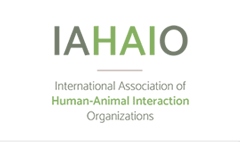Abstract
This study quantitatively analyzed the depiction of dogs’ and cats’ emotions in picture books and discussed the effects on children’s recognition of real dog and cat emotions. The stories depicted many basic emotional depictions of interest, joy, and surprise in dogs and cats, whereas the humans in the stories showed more varied, complicated emotions. Interest was most often caused by familiar humans in dogs, and by objects in cats. Joy was most often caused by familiar humans in dogs and cats, which would lead child readers to recognize that dogs and cats are friendly toward humans. There were depictions of dogs and cats being provoked to anger and disgust by human behaviors, which could affect children’s recognition of inappropriate behaviors toward real dogs and cats. Threatening behaviors toward humans were performed by feral dogs, not household dogs, which would cause children to underestimate the potential danger of bite accidents by household dogs. The nature and domestication process of dogs and cats and the images held by the authors of the books are reflected in the depictions of emotions. Picture books are expected to contribute to establishing better human-animal interactions.
Recommended Citation
Nakagawa, Juri and Koda, Naoko
(2023)
"Emotional Depictions of Dogs and Cats in Interactions with Humans in Picture Books,"
People and Animals: The International Journal of Research and Practice: Vol. 6
:
Iss.
1,
Article 4.
Available at:
https://docs.lib.purdue.edu/paij/vol6/iss1/4


